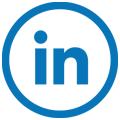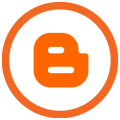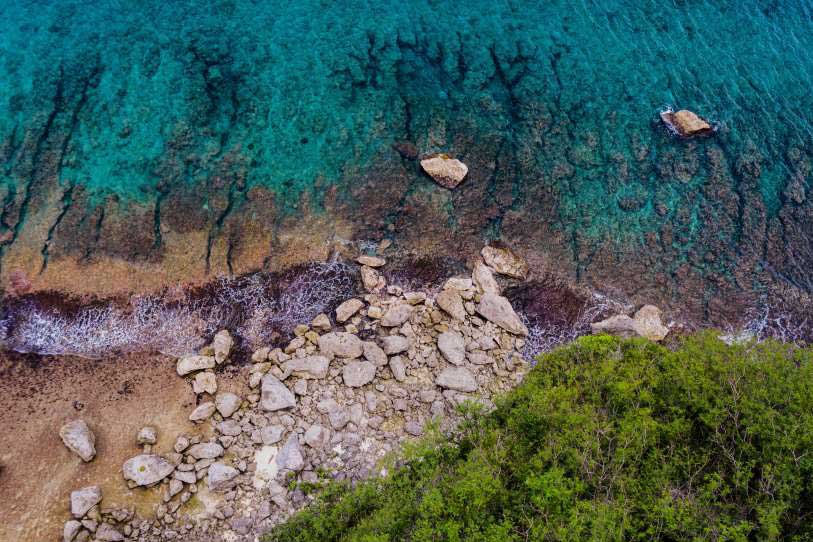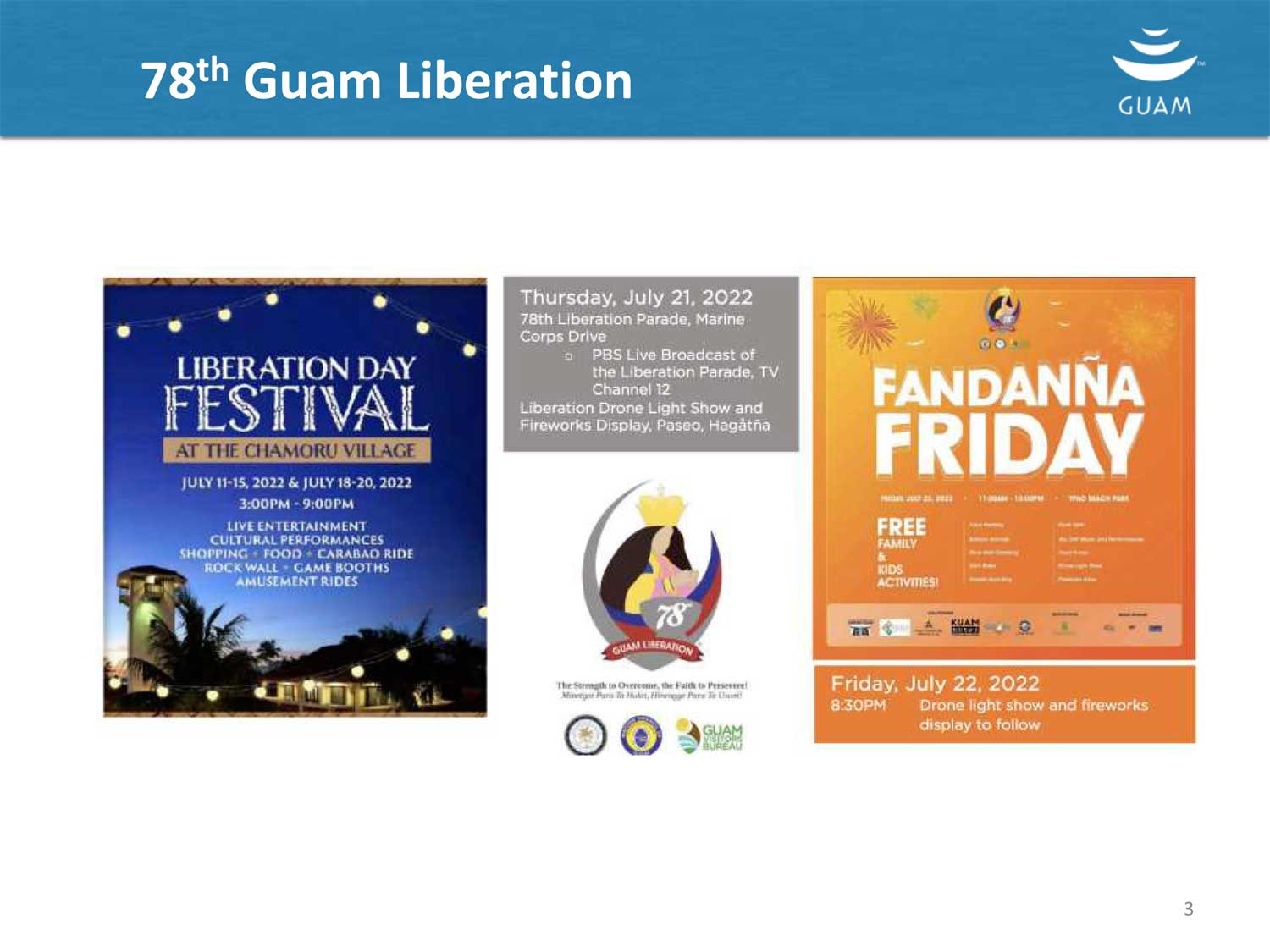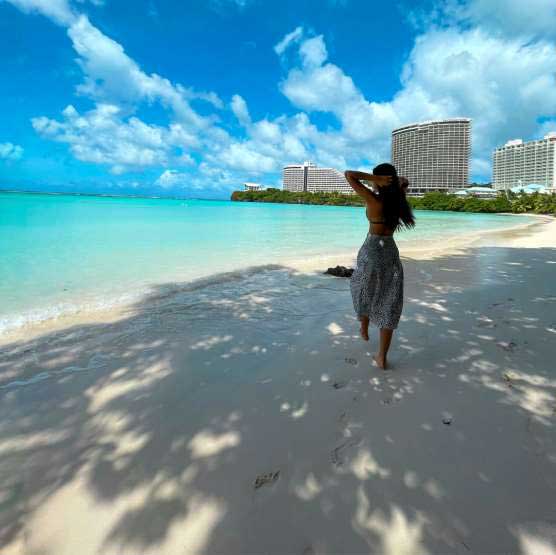
Destination Update
For more information visit:
https://www.micronesiatour.com/destinations/guam
Member Highlight
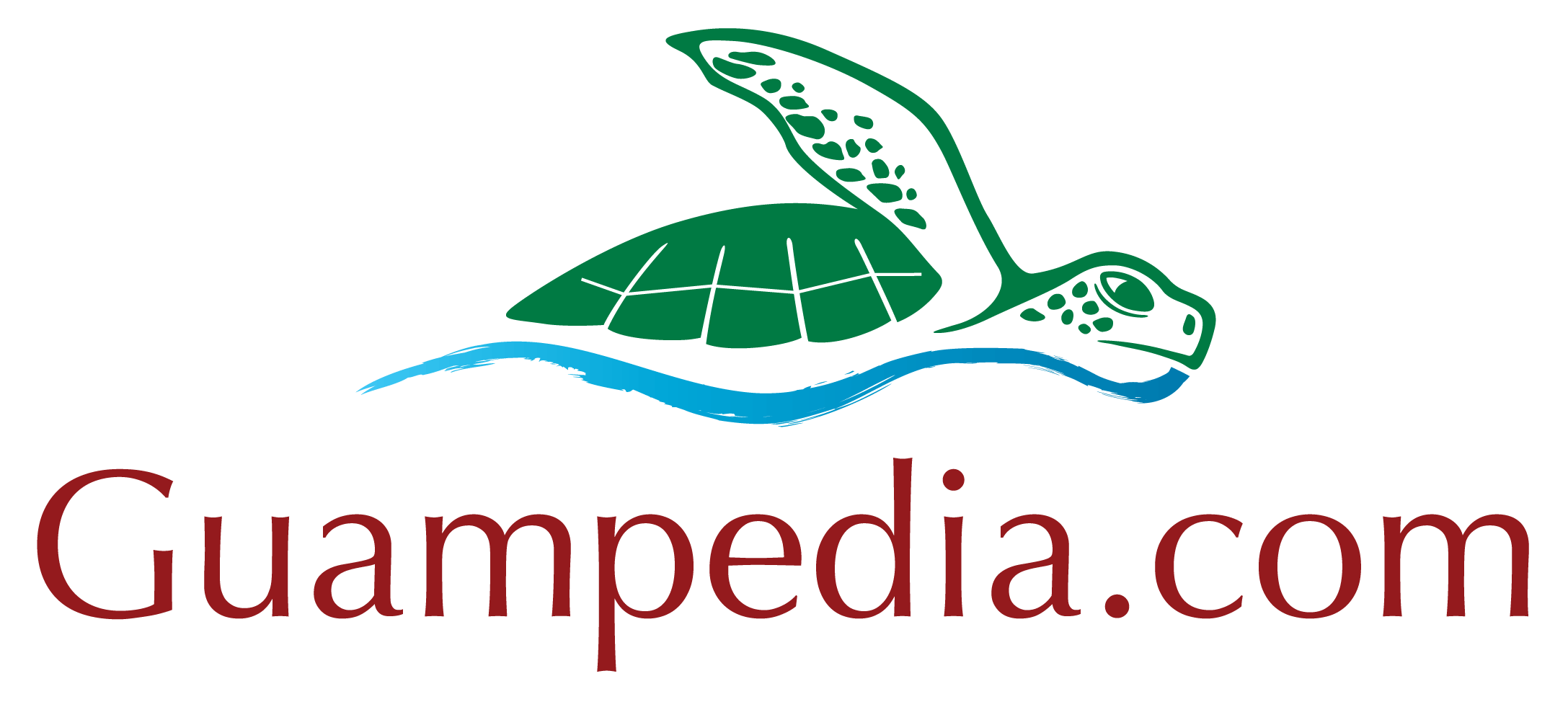
Guampedia.com: Cultivating Connections Through Education
Alii! Ekamowir Omo! Kaselehlia! Lenwo! Lokwe! Mauri! Mogethin! Tirow! Hafa Adai from the southern-most island of the Marianas archipelago in Micronesia - Guahån or Guam!
Guampedia is truly honored to be a part of the PATA Micronesia Chapter since 2017, supporting the region, promoting its rich cultural heritage and landscapes, and cultivating connections through education and online access. For the past 14 years guampedia.com has been making historical and culturally relevant content accessible across the globe. It is truly a community project, as a non-profit organization and program affiliate of the University of Guam, Guampedia’s operations have been funded by the Government of Guam through its Tourism Attraction Fund, and its content development through grants and donations.
When the United Nations adopted the 2030 Agenda for Sustainable Development in 2015, the international community recognized that education is essential for the success of all of its 17 sustainability goals. Education is one of the key ways we address inequality, exclusion and continue the work of healing our damaged planet. Doing so helps us realize a more peaceful, just and sustainable world. Guampedia’s mission aligns with and supports UNESCO’s goal to ensure inclusive and equitable quality education while promoting lifelong learning opportunities, all key to realizing sustainable development!
Guampedia exists to provide a comprehensive, freely accessible educational resource for the local, regional and global community. The primary objectives of the Guampedia project revolve around education, preservation, and access. As an online educational resource – we strive to accurately describe and place the islands’ vast heritage in the local and global consciousness – executing strategies to create resources and programs of quality and integrity through which current and future generations can document and preserve their multi-faceted cultural heritage.
Knowing our collective past, knowing where we’ve come from in our journey as a people is ingrained in our cultural heritage across Oceania. This collective island wisdom is based on more than 3500 years of “research and development,” sustaining the indigenous seafaring cultures of our Micronesia region. Understanding our past and learning from it helps us navigate our way into the future while strengthening education and teaching sustainability! As a community-based project, it also reflects Guam’s collective commitment to strengthening education as a local and global common good!
Guampedia’s visitor statistics is a testament to the need for culturally relevant educational resources and islander-centered historiography online. Since 2014, Guampedia has maintained about 25,000 unique visits per month reaching a new milestone of 100,000 visits in March 2019. About 50% of visitors are from the continental US, with 30% from Guam and the other 20% from the Northern Marianas, Philippines, Japan, South Korea reaching places as far as the United Kingdom. In 2021, Guampedia hosted 400,000 site visitors translating to about 33,000 unique visits per month. Some of Guampedia’s top visitor locations include Guam, Quezon City, Los Angeles, Seattle, Davao City, and Las Vegas.
Since the onset of the COVID pandemic in 2019, Guampedia accelerated its efforts in fostering a culture of connecting - in particular for providing island youth and educators access to culturally relevant programs and resources from text with photographs to knowledgeable voices of elders who have lived through these events. Such culturally relevant resources strengthens connections to the island’s unique sense of place while fostering stewardship in preserving and promoting our mission.
With about 1200 written entries to date peer-reviewed and fact-checked, and more than 3500 images, and numerous Epublications, students and educators are able to reference these entries as reliable source materials. More than 150 people have been involved in this ongoing, dynamic project which is updated and added to regularly as events unfold and technology allows.
In fact, since 2015, we have been working to expand our content into Micronesia, especially with the composition of Guam’s classrooms having approximately 20% of students from greater Micronesia.
When Guam was gearing up to host the 12th Festival of Pacific Arts, we wanted to prepare our local community for this event. We received grant funding from the Guam Council for the Arts & Humanities Agency for the special section, People of Pacific Cultures or P.O.P. Cultures! Featuring a regional map of Polynesia, Melanesia and Micronesia, it contains entries of the islands; introducing other islands in the Pacific and reminding our local students how Guam is very much a part of Micronesia.
In 2019 we were officially endorsed by Guam’s Public School Board as an educational resource in the classroom. We created the Educator’s Portal. We currently have about 80+ lesson plans focused on connecting past to present and future; We were able to add on 15 lesson plans within the Micronesian context, such as this one on Understanding the Culture and People of Micronesia.
In 2019 we created the Micronesia Milestones Timeline, featuring the histories of the islands in our region and juxtaposing with world events. It spans 4000 years and our intent is to add more milestones as we build our network throughout the region. The interactive aspect of the timeline are the links to relevant Guampedia entries. Our Board director, and UOG assistant professor Terry Perez, produced this lesson plan for the timeline - Connecting Personal History to the Histories of Others.
Finally, in an effort to promote and connect intergenerational transmission of cultural knowledge, we created the Voices of Our Elders. This section helps to preserve our oral tradition and fosters the teaching of cultural values and history through the lives of those who lived through these very events. In 2020, we started interviewing elders from the Republic of Palau and the Federated States of Micronesia, and again like the Micronesia Milestones Timeline, we want to continue incorporating voices of our elders throughout Micronesia. Click on the following link to view Dr. Larry Cunningham’s perspective on the settlement and origin of the Chamorro/CHamoru people of the Marianas.
Our Micronesia region features amazing one-of-a-kind natural wonders - from the unique formation of Chuuk’s lagoon, Belau’s Rock Islands, the Marshall’s largest atoll in the world, to the deepest ocean in the world, right here in the Marianas! Our region is also rich in history, deeply rooted in cultural heritage, and we have 3500 years of island wisdom to help our global society chart a course towards sustainability! Biba MicrONEsia!




